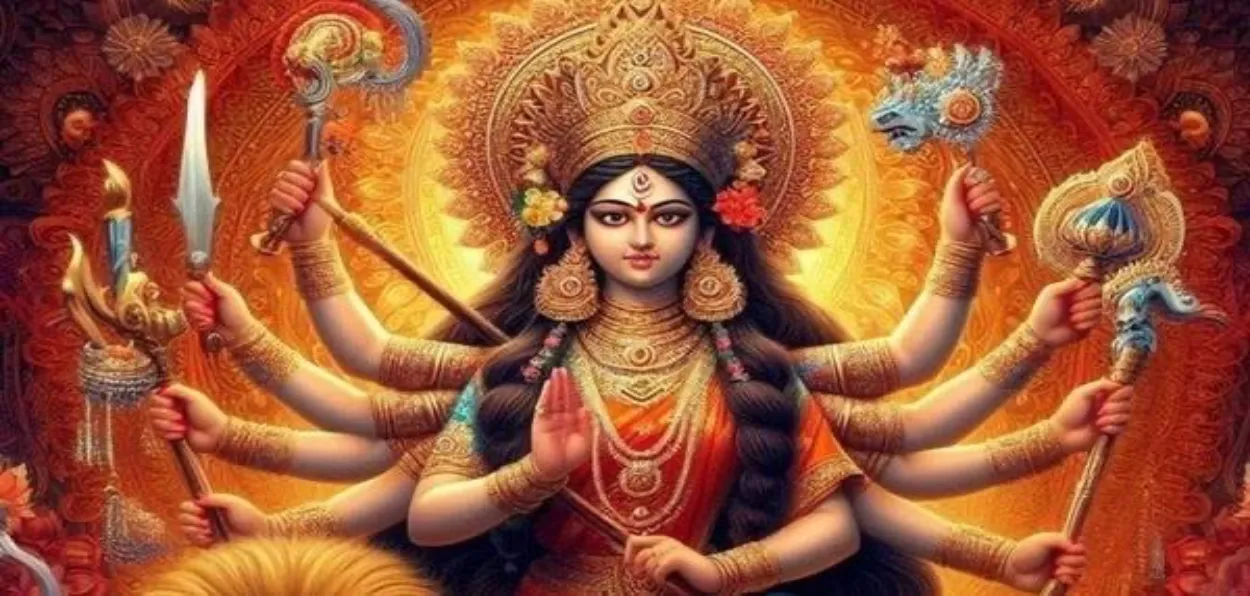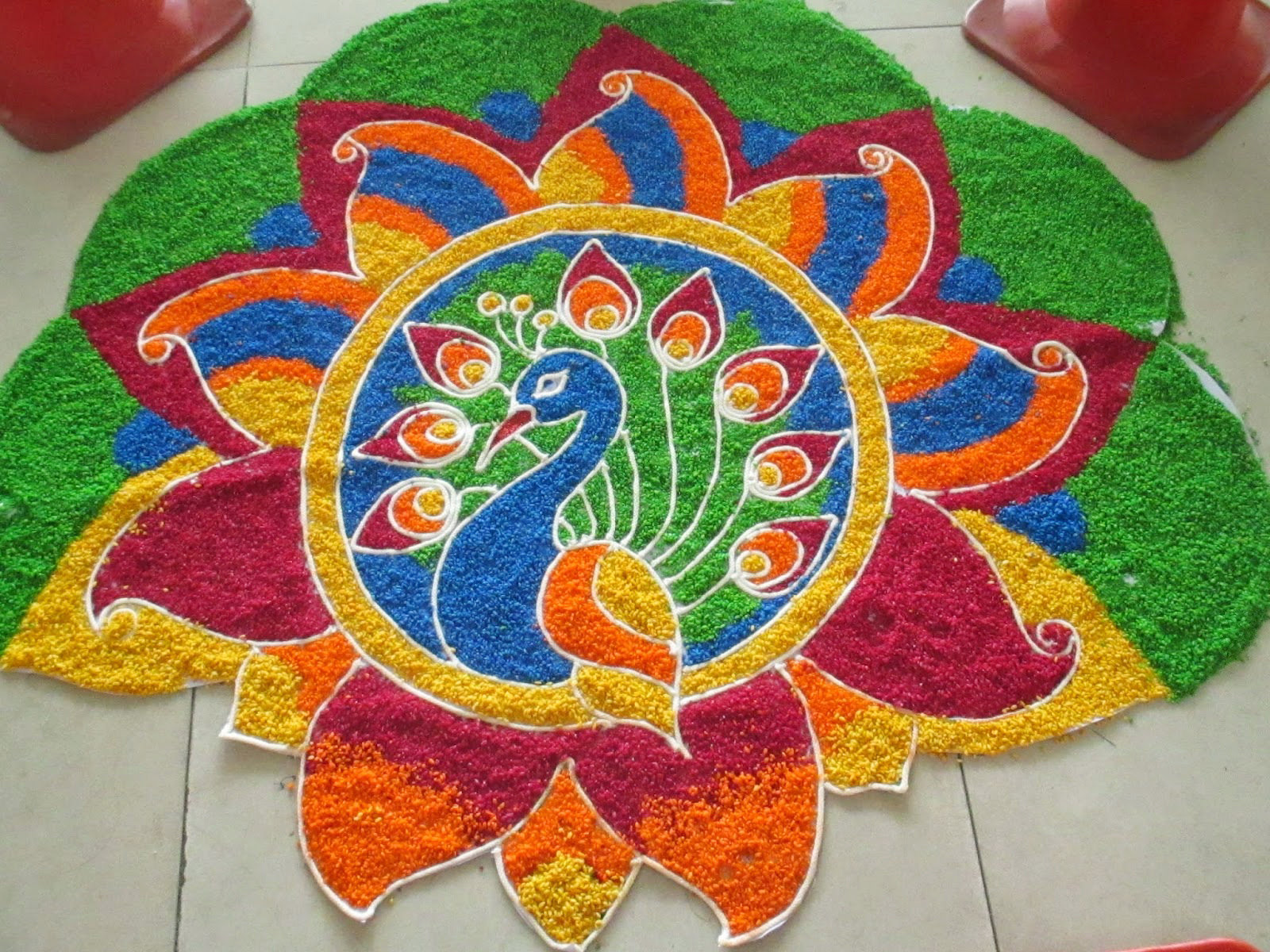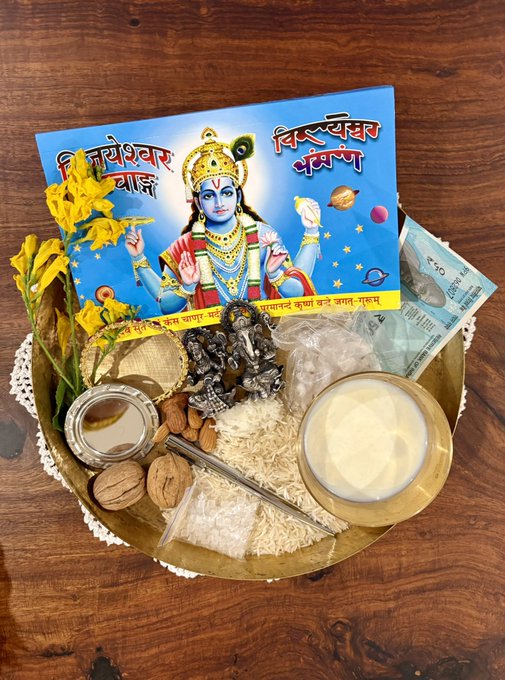
New Delhi
Celebration, devotion, and prayers mark the beginning of the Hindu New Year Vikram Samnvat 2082. For most Hindus in the north, the day is celebrated as Chaitra Navratri, the nine-day festival commemorating the nine forms of Shakti or the Goddess.
The nine-day festival is observed by establishing a kalash and an idol of Goddess Durga in homes. Devotees fast on all nine days eating frugal and non-grain food and offer prayers. It begins on March 30 and ends on April 7, 2025.
The Vikram Samvat calendar is a lunisolar calendar that is 56.7 years ahead of the Gregorian calendar. It was started in 57 BCE after Vikramaditya defeated the Shakas.
While all of India celebrates this day with great happiness, symbolising new beginnings, different communities do it in their unique way, following their culture and tradition. Here’s a look at how different states in India celebrate the Hindu New Year.
Gudi Padwa

Guddi Padwa
Konkani and Marathi Hindus mark the New Year as Gudi Padwa. The term Gudi refers to Lord Brahma’s flag, whereas Padwa means the first day of the new moon phase in the Hindu calendar. The festival is traditionally celebrated by hoisting a Gudi (a flag-like structure), typically outside one’s house.
On this day, people decorate their houses with flowers, mango leaf torans, and rangolis and enjoy delicacies like modak, shrikhand, and puran poli with family and friends.
Ugadi: Andhra Pradesh, Telangana And Karnataka
The festival of Ugadi, also called Yugadi, marks the beginning of the Telugu New Year, which is mostly celebrated in Southern states like Andhra Pradesh, Telangana and Karnataka.

Ugadi Pachdi
On this day, people traditionally draw vibrant designs and cook a dish called Ugadi Pachadi to celebrate.
Puthandu
In Tamil Nadu, the Hindu New Year is marked by celebrating Puthandu, which marks the beginning of the Tamil calendar.
 Rangoli prepared on Puthandu
Rangoli prepared on Puthandu
According to mythology, Lord Brahma began the process of creation on this day, making it an auspicious occasion for new beginnings. This year it will be celebrated on April 14.
Cheti Chand: Sindhi Community
For Sindhis, the Hindu New Year is known as Cheti Chand, which is also celebrated as Jhulelal Jayanti. The festival marks the arrival of spring and harvest season
 Juhjelal, isht devta of Sindhis
Juhjelal, isht devta of Sindhis
Traditional Sindhi dishes are prepared to mark the special occasion.
Navreh: Kashmir
Kashmiri Hindus mark the beginning of the Kashmiri New Year by celebrating Navreh. The Kashmiri Pandits dedicate the festival to their Goddess Sharika, a form of Goddess Durga. On this day, each member of the family must have a look of the thaal (Metal plate) filled with essentials of life – rice, bread, book, flowers, dry fruit, milik, salt, pen, picture of God, etc. for prosperity and good luck.

Thaal of Navreh
ALSO READ: Maharashtra: Malegaon Naan, Laila-Majnu Pulao, itr add to Ramzan-Eid festivities
Some communities in Manipur welcome the Hindu New Year by celebrating Sajibu Nongma Panba, which means the first day of the month of Sajibu. People celebrate the occasion with much fanfare and get together with their extended family to enjoy food together.
